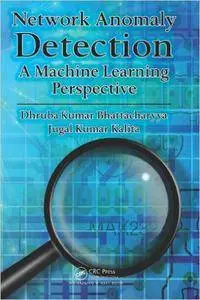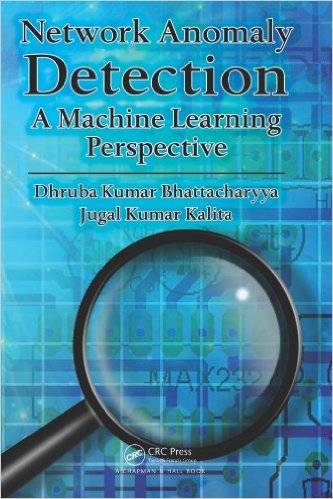Dhruba Kumar Bhattacharyya, Jugal Kumar Kalita, "Network Anomaly Detection: A Machine Learning Perspective"
English | 2013 | ISBN: 1466582081 | PDF | pages: 364 | 3,6 mb
English | 2013 | ISBN: 1466582081 | PDF | pages: 364 | 3,6 mb
With the rapid rise in the ubiquity and sophistication of Internet technology and the accompanying growth in the number of network attacks, network intrusion detection has become increasingly important. Anomaly-based network intrusion detection refers to finding exceptional or nonconforming patterns in network traffic data compared to normal behavior. Finding these anomalies has extensive applications in areas such as cyber security, credit card and insurance fraud detection, and military surveillance for enemy activities. Network Anomaly Detection: A Machine Learning Perspective presents machine learning techniques in depth to help you more effectively detect and counter network intrusion.
In this book, you’ll learn about:
Network anomalies and vulnerabilities at various layers
The pros and cons of various machine learning techniques and algorithms
A taxonomy of attacks based on their characteristics and behavior
Feature selection algorithms
How to assess the accuracy, performance, completeness, timeliness, stability, interoperability, reliability, and other dynamic aspects of a network anomaly detection system
Practical tools for launching attacks, capturing packet or flow traffic, extracting features, detecting attacks, and evaluating detection performance
Important unresolved issues and research challenges that need to be overcome to provide better protection for networks
Examining numerous attacks in detail, the authors look at the tools that intruders use and show how to use this knowledge to protect networks. The book also provides material for hands-on development, so that you can code on a testbed to implement detection methods toward the development of your own intrusion detection system. It offers a thorough introduction to the state of the art in network anomaly detection using machine learning approaches and systems.
My Links
No mirrors please!
No mirrors please!



